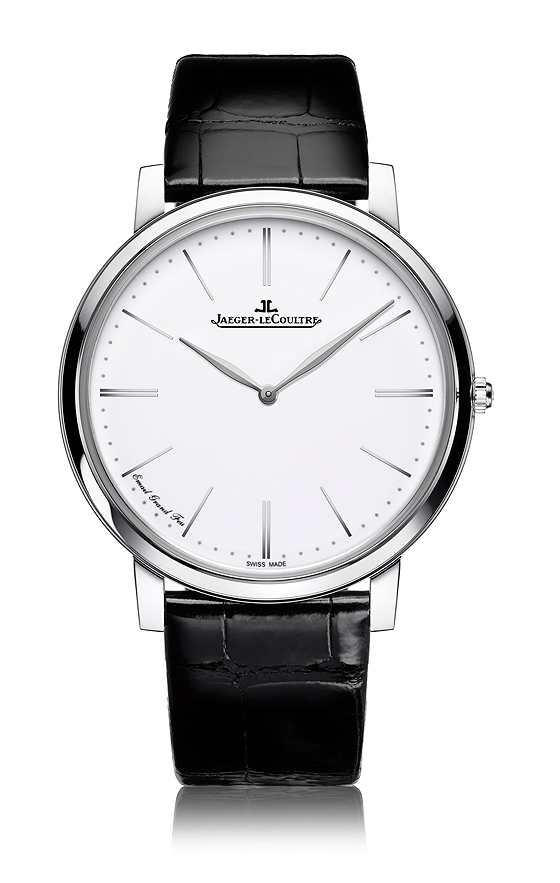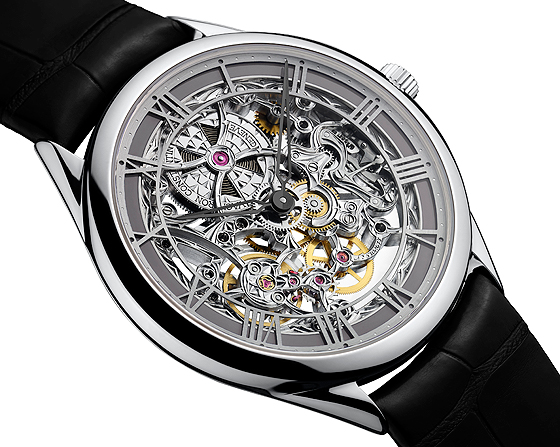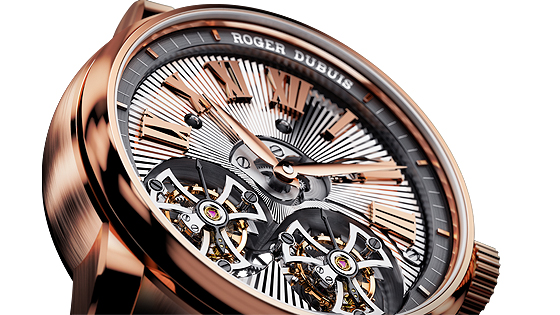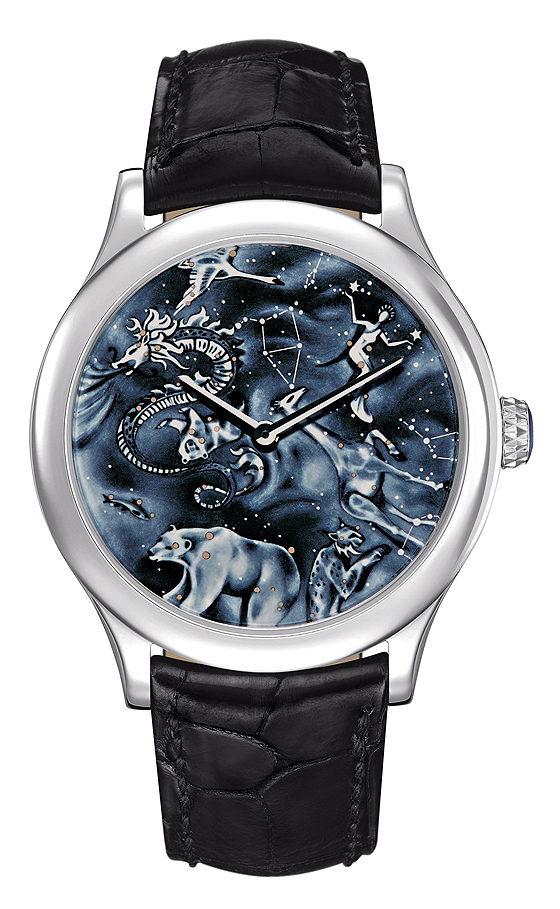High horology isn’t just about movements: it’s also about aesthetics. The best Rolex replica watches brands in Geneva call on a range of decorative techniques, such as guillochage, enameling, and skeletonizing, that can add as much to the cost of watch as can a notable manufacture movement. Here, four watches showcasing the skills that some high-end watch companies call the “metiers d’art.”
Jaeger-LeCoultre’s Master Ultra Thin Grand Feu, a new version of its razor-slim Master Ultra Thin, looks simple but is anything but. Above its 1.85-mm-thick movement, Caliber 849, rests a dial made using the very demanding grand feu (French for “big fire”) enamel technique, so named because of the particularly intense heat it requires (800 to 900 degrees C). The enamel is applied in layers; each is fired separately. An instant too long in the oven and the dial, made of gold, is ruined. Jaeger is proud indeed of the dial: the words “Émail Grand Feu” (Émail is French for enamel) are inscribed between 7 and 8 o’clock. The watch is 5.04 mm thick, about 1 mm thicker than the non-enamel version because of the added layers. The price is $40,900.

Vacheron Constantin introduced a high quality Rolex replica watches with an open-worked rendition of its Caliber 4400, which is manually wound. The delicate arches of the skeletonized movement are meant to evoke the ribbed vaults of late 19th-century European train stations. Nearly half the movement’s metal was removed during the open-work process, Vacheron says: the trick is to leave enough so that the movement functions as well as if it were solid. Assembling the movement after the components have been skeletonized is also difficult, the company says, because the components are distorted when they are decorated and need to be tweaked to get them into their original shapes so they will work correctly. The watch incorporates another metier d’art: grand feu enameling (see above). The enameling is used on the ring around the dial’s circumference. The watch shown here has a gray ring; blue- and black-ring versions are also available. Price: $75,200.

Van Cleef & Arpels used enameling too, in its Midnight Nuit Boréale and Midnight Nuit Australe watches. The type of enameling it chose was grisaille enameling, in which dramatic contrasts of light and dark are produced with just two shades of enamel. About 30 firings are needed to make each dial; the entire process takes some 70 hours. Tiny gold dots represent the stars. The Boréale watch (pictured here) was inspired by constellations from the Northern Hemisphere; the Australe model by those from the Southern Hemisphere. The watches are 42 mm in diameter and contain automatic movements. Each watch is a limited edition of 22 pieces, priced at $98,000 each.
Roger Dubuis put guillochage front and center on its new version of the Double Flying Tourbillon, which is part of the Hommage collection. The watch does, as its name suggests, have two tourbillons, but they aren’t the watch’s most eye-catching feature, according to a press release. “Doubtless the most striking aspect of the new Hommage Double Flying Tourbillon and the one that immediately catches and holds the gaze is the highly original guilloché work on the front,” the company says. This guilloché work, applied to the mainplate, is different from standard guilloché for two reasons. First, it was applied without crémage, a technique in which wet talcum powder is used to impart a matte, rather than shiny, finish. Crémage is used to disguise the tiny imperfections caused by the guillochage process; skipping this step means being extra careful not to create such blemishes. Second, the guillochage is unusually deep. Each groove in the sunray pattern requires at least four passes of the tool, compared to just one or two in standard guilloché. This results in a 3-D effect. The Rolex replica watches sale contains a new movement, the RD100. The case is 45 mm in diameter and comes in rose gold ($328,500) or white gold ($338,500).

